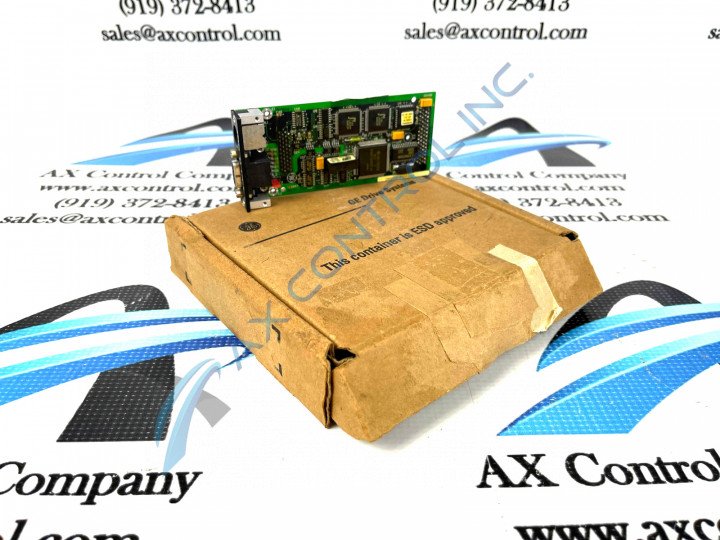About the DS200SNPAH1ABA
The DS200SNPAH1ABA is an SNP Protocol Interface daughterboard. This is a series 90 protocol (SNP) board. SNP protocol was the native serial communications protocol that was originally used by all Series 90 programmable logic controllers. This was a GE FANUC proprietary master-slave protocol. In many cases, this has been replaced by SNP-X optimized protocols, Genius protocols, or other later GE communication protocols. However, this original communication protocol allowed communication of any series 90 PLC to another series 90 system via a serial line. SNP is half-duplex. It can use either RS-232 or RS-485. The communications protocol can be deployed as either a multidrop network or as a point-to-point system. Given this DS200SNPAH1ABA Mark V Series product offering's initial attribution to the Mark V Turbine Control System Series, it is followed online by a characteristic lack of originally-devised instructional manual materials. With this being true, this DS200SNPAH1ABA device's General Electric-formulated DS200SNPAH1ABA functional product number serves as a decent primary source of DS200SNPAH1ABA Board hardware component and component specification information; coding for these details in a series of consecutive functional naming segments. For example, the DS200SNPAH1ABA functional product number is started through its inclusion of a dual-functional naming component in the DS200 series tag that indirectly reveals this DS200SNPAH1ABA PCB's normal Mark V Series assembly version as well as its:
- domestic location of original manufacture
- SNPA functional product acronym
- conformal PCB coating style
- group one Mark V Series product grouping
- three total significant product revisions
The DS200SNPAH1ABA daughterboard is a long, narrow rectangle with an attached front faceplate. The faceplate includes two connection screws and two ports, including one male and one female. Components are mounted on both the top and bottom of the board’s surface. The bottom surface includes two additional connectors to plug into the motherboard, along with factory drilled mounting holes. This side of the board also has a number of resistors and capacitors. The top side of the board is populated with integrated circuits including FPGAs, jumper switches, and resistors. Most components are marked with some sort of reference designator and may also carry their original manufacturer part number. For in-depth information, you can look up the individual datasheet for these parts.














